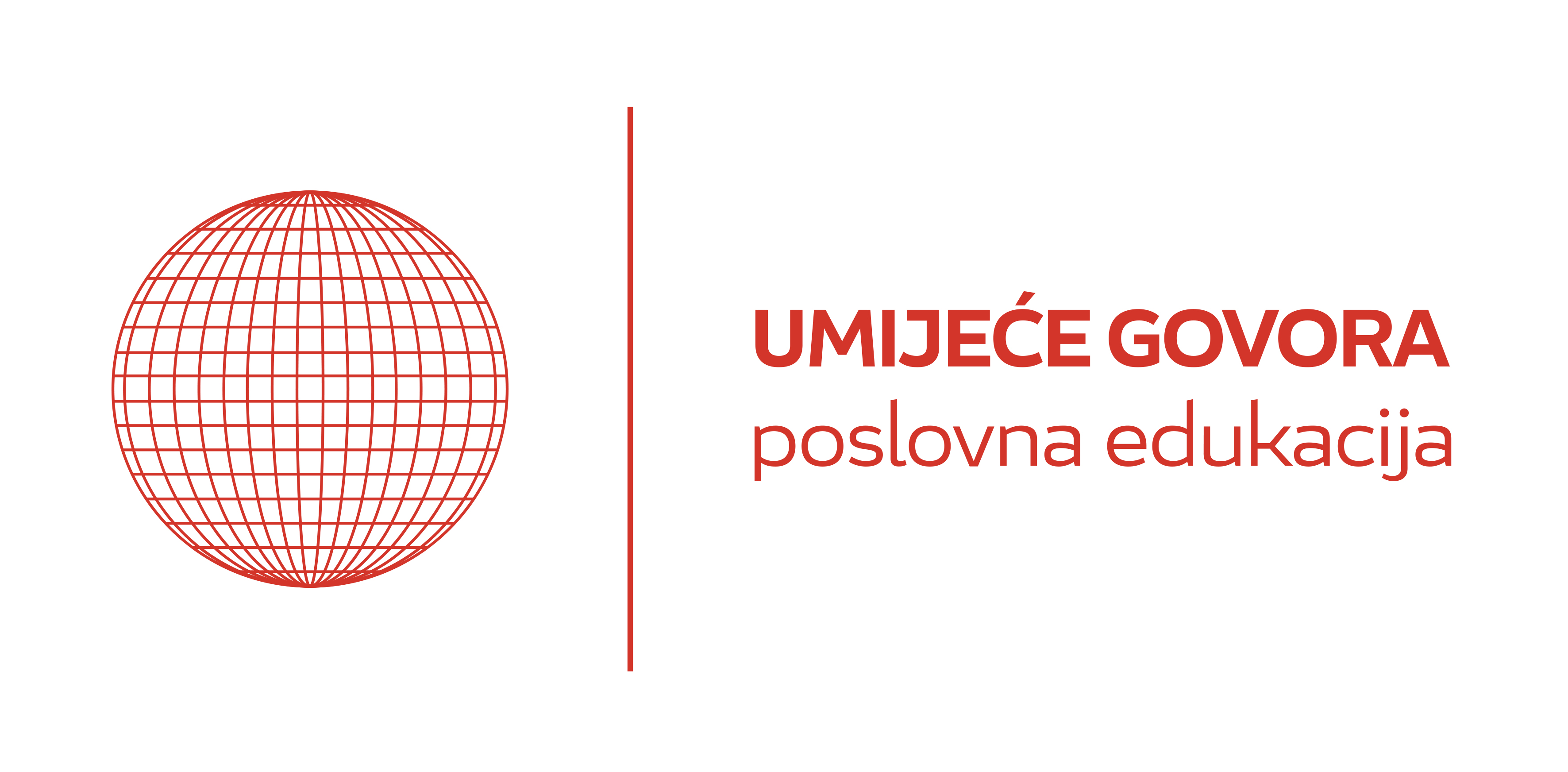Rhetoric of Panic - Start of the Epidemia
Jagoda Poropat Darrer
Rhetoric of Panic: Coronavirus infodemia before the real epidemia
Written in February 2020.
As the new type of virus, in medical terms known as COVID-19, popped up in Chinese city Wuhan, the spread of related information and the way those information (sometimes even disinformation) are placed in the news is scarier perhaps than the virus itself.
According to the World Health Organization coronavirus has now spread to 50 countries and more than 83,000 infections have been registered (as of 28 February 2020). Commentators are concerned not just about the immediate consequences for health and the economy but also fear that states won’t be able to take the required measures or supply their populations with the right in panic has continued to disseminate throughout social media, forcing tech platforms to grapple with what the World Health Organization is calling an „infodemic“ formation (eurotopics.net). Infodemic refers to ”an overabundance of information—some accurate and some not—that makes it hard for people to find trustworthy sources and reliable guidance when they need it.” While SARS, MERS, and Zika all caused global panic, fears around the coronavirus have been especially amplified by social media. It has allowed disinformation to spread and flourish at unprecedented speeds, creating an environment of heightened uncertainty that has fueled anxiety and racism in person and online (technologyreview.com). In a statement, Twitter said that there had been more than 15 million tweets about the coronavirus in the past four weeks creating the feeling of panic.
Panic does exist in those situations where the individual perceives a significant threat, the potential for being trapped, and a sense of helplessness. Some public-health experts say that for the most part, panic over the coronavirus among those outside of China is unproductive and unwarranted. Amira Roess, a professor of global health and epidemiology at George Mason University, told Business Insider that excess fear could even cause negative social impacts. In the early stages of an infectious-disease outbreak, Roess added, much of the panic is “fear of the unknown” (busineesinsider.com). As people continue to search outline for information about the coronavirus outbreak, they can easily encounter a barrage of misleading and potentially dangerous information.
For its part, the WHO has attempted to address the issue by partnering with Twitter, Facebook, Tencent, and TikTok to clamp down on misinformation. It recently launched a Google SOS alert, for example, to push WHO information to the top of people’s search results for coronavirus-related queries. It has also been working with Facebook to target specific populations and demographics with ads that provide important health information. It has even gone so far as to reach out to influencers in Asia to try to keep disinformation at bay. But the sheer avalanche of content has overwhelmed the coordinated efforts to clear out all the noise (technologyreview.com).
It is in a human nature to be afraid of unknown, say psychologists, but in the time of distress it is vital to remain calm and process the news by taking in consideration scientific research-based information. As they say, according to WHO, worldwide, annual flu epidemics are estimated to result in about 3 to 5 million cases of severe illness, and about 290,000 to 650,000 respiratory deaths. Based on the figures so far around the new coronavirus outbreak, which causes fever and a cough, 2.2% of those with confirmed cases have died.
Severe Acute Respiratory Syndrome or SARS – first identified in China in 2003 and also caused by a coronavirus – had a case-fatality ratio of 10%. The 1918 influenza pandemic (Spanish flu) had a case-fatality ratio of less than 5%, according to The Lancet, which notes: “It had an enormous impact due to widespread transmission, so there is no room for complacency.” How far a virus will spread comes down to what’s known as the reproduction number, or R0. It relates to how many people each infected person will pass the illness on to. There have been various estimates for new coronavirus so far from different sources, but the WHO put a preliminary estimate as between 1.4 and 2.5. The pandemic (H1N1) 2009 influenza virus, which was also known as swine flu, had a R0 of between 1.2 to 1.6, according to the WHO, which made controlling its spread easier than viruses with higher transmissibility. According to the information available on weforum.org, measles has a much higher R0 at 12 to 18 people.
Regarding the economic repercussion of coronavirus, so far, the impact of the virus appears limited to the stock market, reports Morning Consult. While industries like logistics and tourism are taking hits, it’s not yet clear that those are bleeding into job or wage prospects for American workers. Top economic policymakers, including Federal Reserve Vice Chair Richard Clarida, have said the central bank is watching the outbreak closely. On Tuesday, Clarida said that the effects of the coronavirus’ spread could “spill over to the rest of the global economy,” but cautioned that it’s still too soon to assess the extent of disease’s economic impact. According to Morning Consult, the next Federal Open Markets Committee meeting, where central bankers will have the opportunity to adjust rates, is scheduled for March 17-18.
Risk Identification – Risk Assessment – Risk Reduction seems to be the formula to fight the threat, with a transparent communication being a crucial segment going through those phases. Without sensationalistic headlines, avoiding panic and building trust in science and government risk management.





